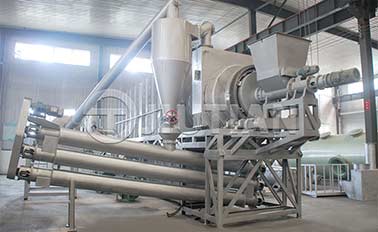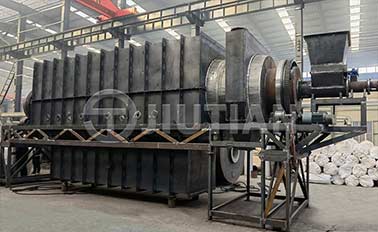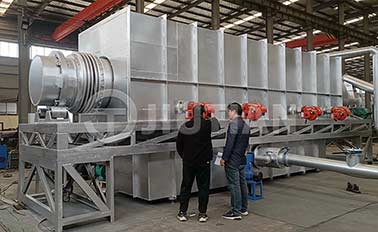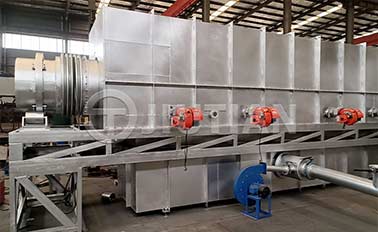Wood carbonization is the process of treating wood in a high-temperature, low-oxygen environment to convert it into charcoal. The moisture content of raw materials has an important impact on the quality and efficiency of carbonization. Appropriate moisture content can improve carbonization efficiency and charcoal quality. Generally, the moisture content of raw materials should be between 10% and 20%. Here are some considerations regarding the moisture content of raw materials:
1. The moisture content is too low: If the moisture content of the raw material is too low, the wood will burn easily and the carbonization reaction may be too fast, resulting in incomplete carbonization or poor quality charcoal. Therefore, moderate moisture content can help control the carbonization process.
2. Too high moisture content: Raw materials with too high moisture content will cause the wood to produce a large amount of water vapor during carbonization, which will consume energy and make the carbonization process inefficient. Additionally, water vapor can also affect the quality of charcoal as it can cause cracks and pores in the charcoal.

3. Stable moisture content: The optimal moisture content depends on the type of carbonization equipment and operating conditions, but generally speaking, wood should maintain a relatively stable moisture content before carbonization. This can be achieved through air drying or other drying methods to ensure that the raw materials have moderate humidity during the carbonization process.
4. Type of raw materials: Different types of wood may have different moisture content requirements. Hardwoods generally have a lower moisture content, while softwoods may have a higher moisture content. Therefore, the type of raw material needs to be considered before carbonizing wood.
In summary, for wood carbonization, the moisture content of the raw material should be between 10% and 20%, which ensures that the carbonization process is efficient and produces high-quality charcoal. However, the exact moisture content requirements may vary depending on the specific carbonization process and equipment. The best thing to do is to do some experimentation and adjustments beforehand to determine the moisture content range that works best for your situation.

Location:Indonesia
Project Progress:Put Into Production

Location:Vietnam
Project Progress:Put Into Production

Location:Kenya
Project Progress:Put Into Production

Location:Canada
Project Progress:Put Into Production